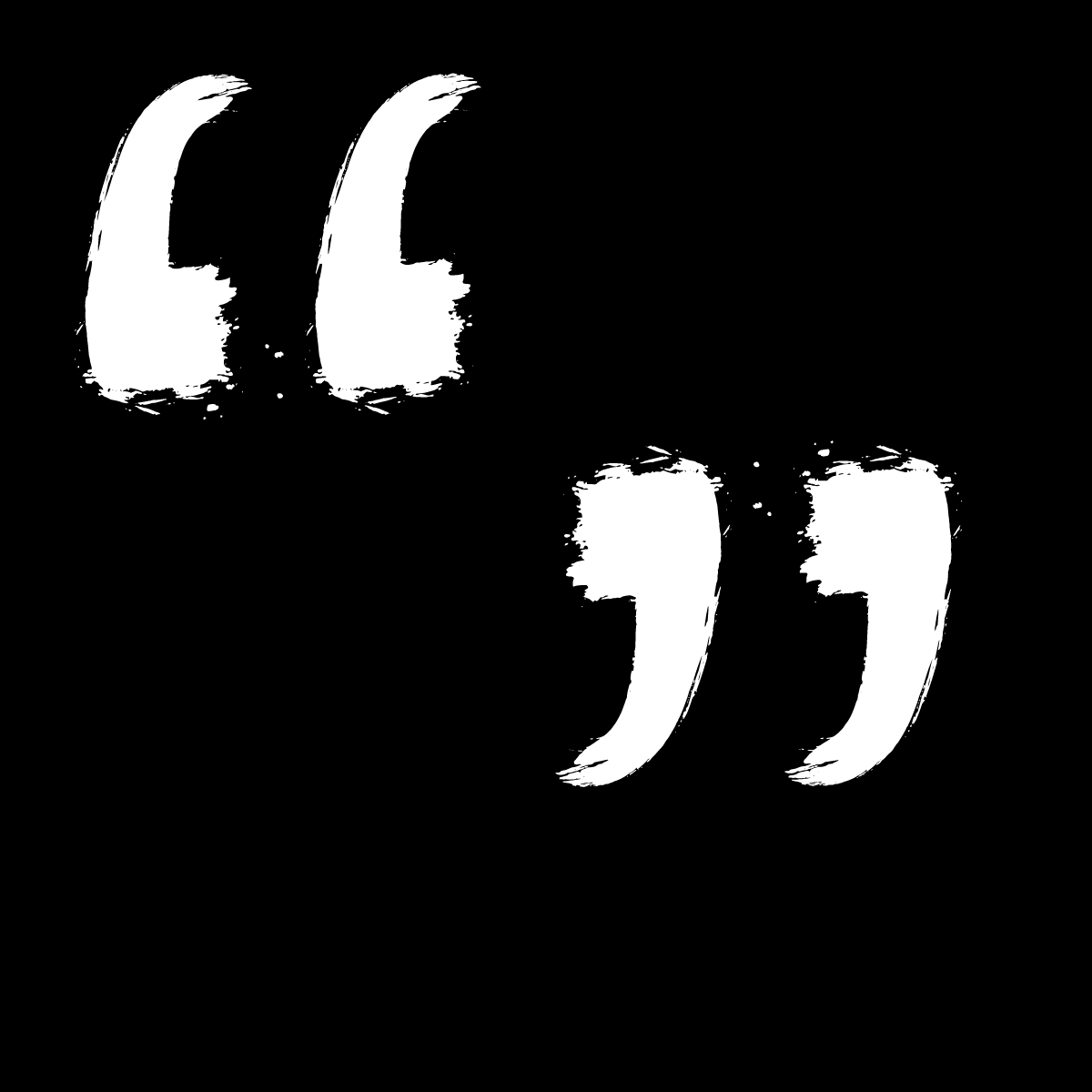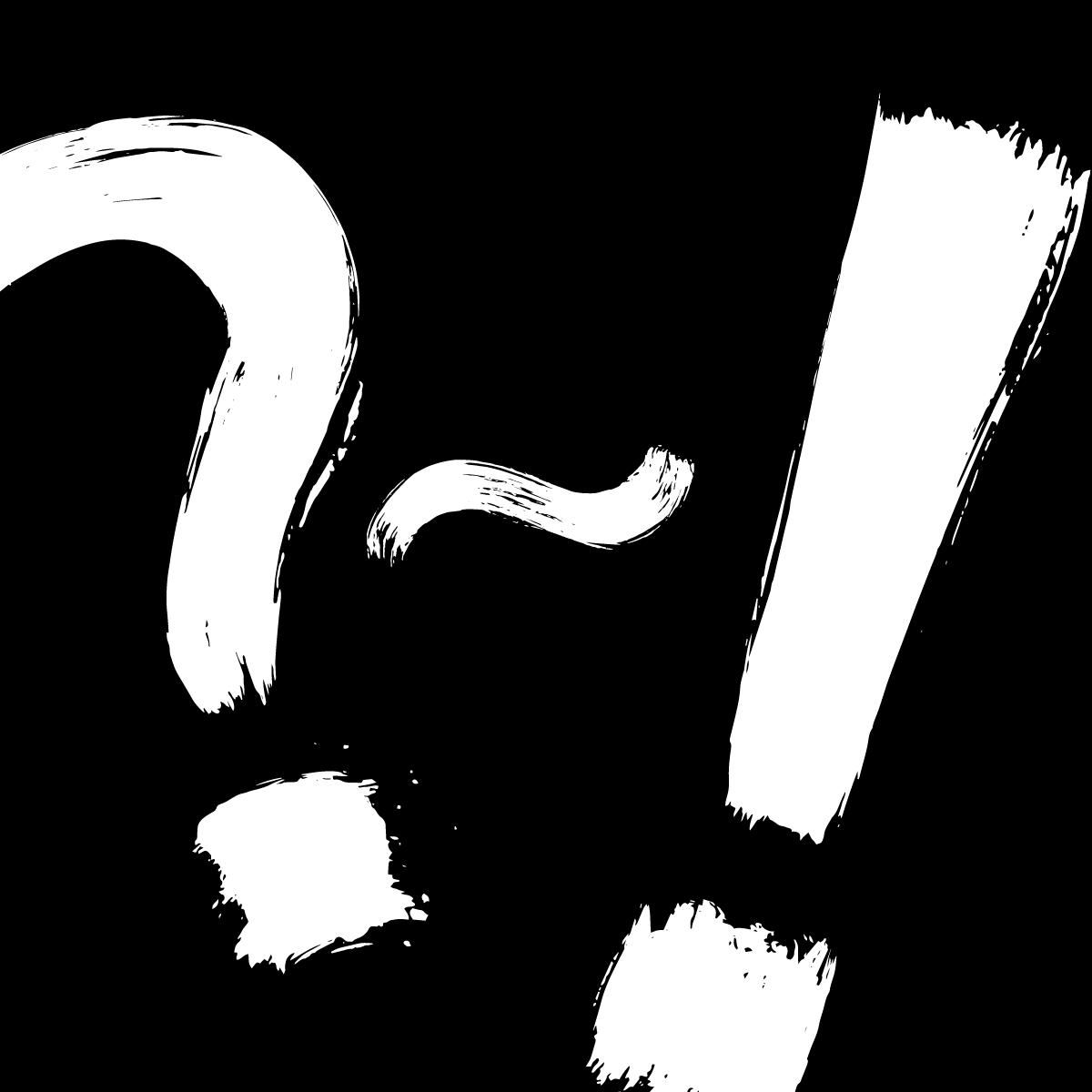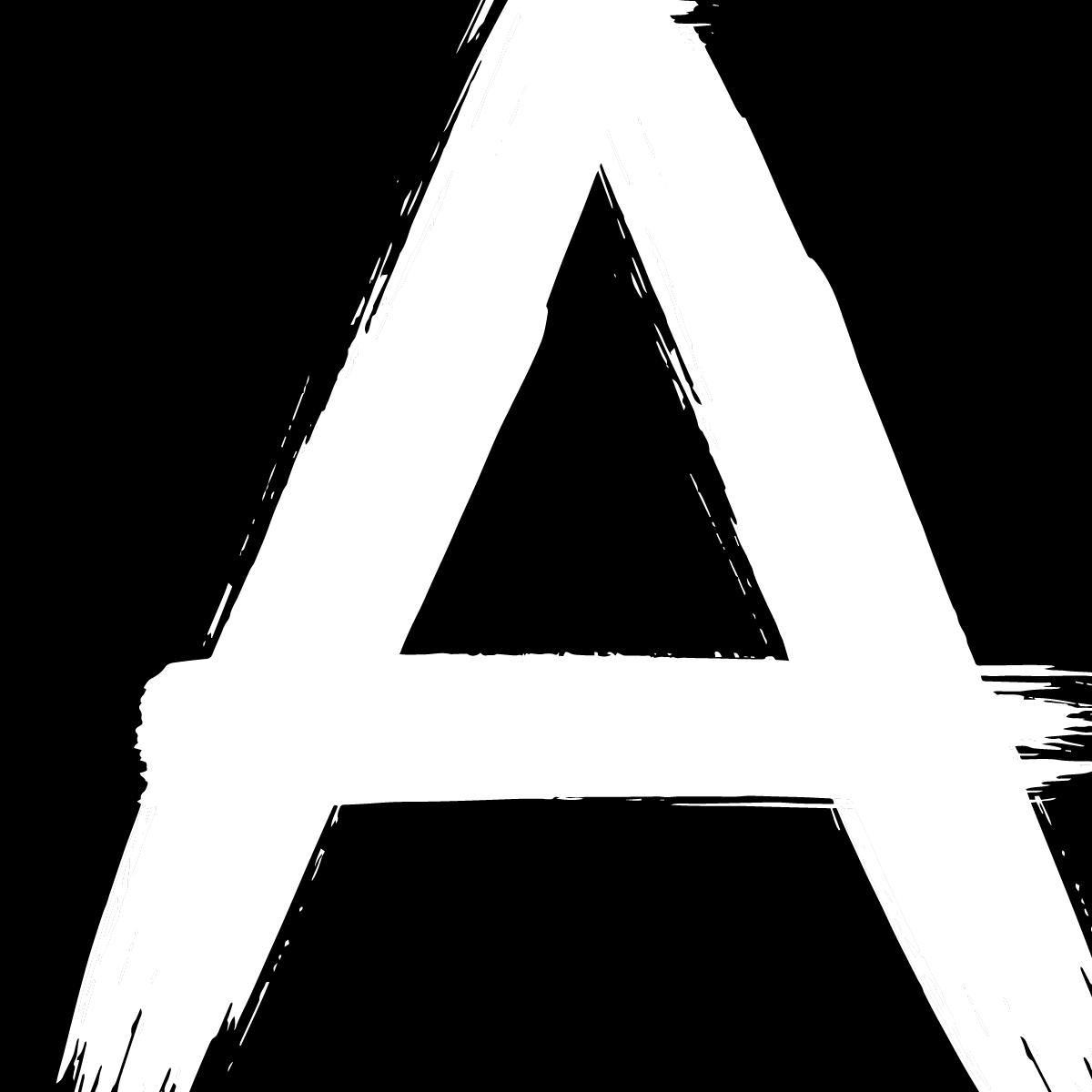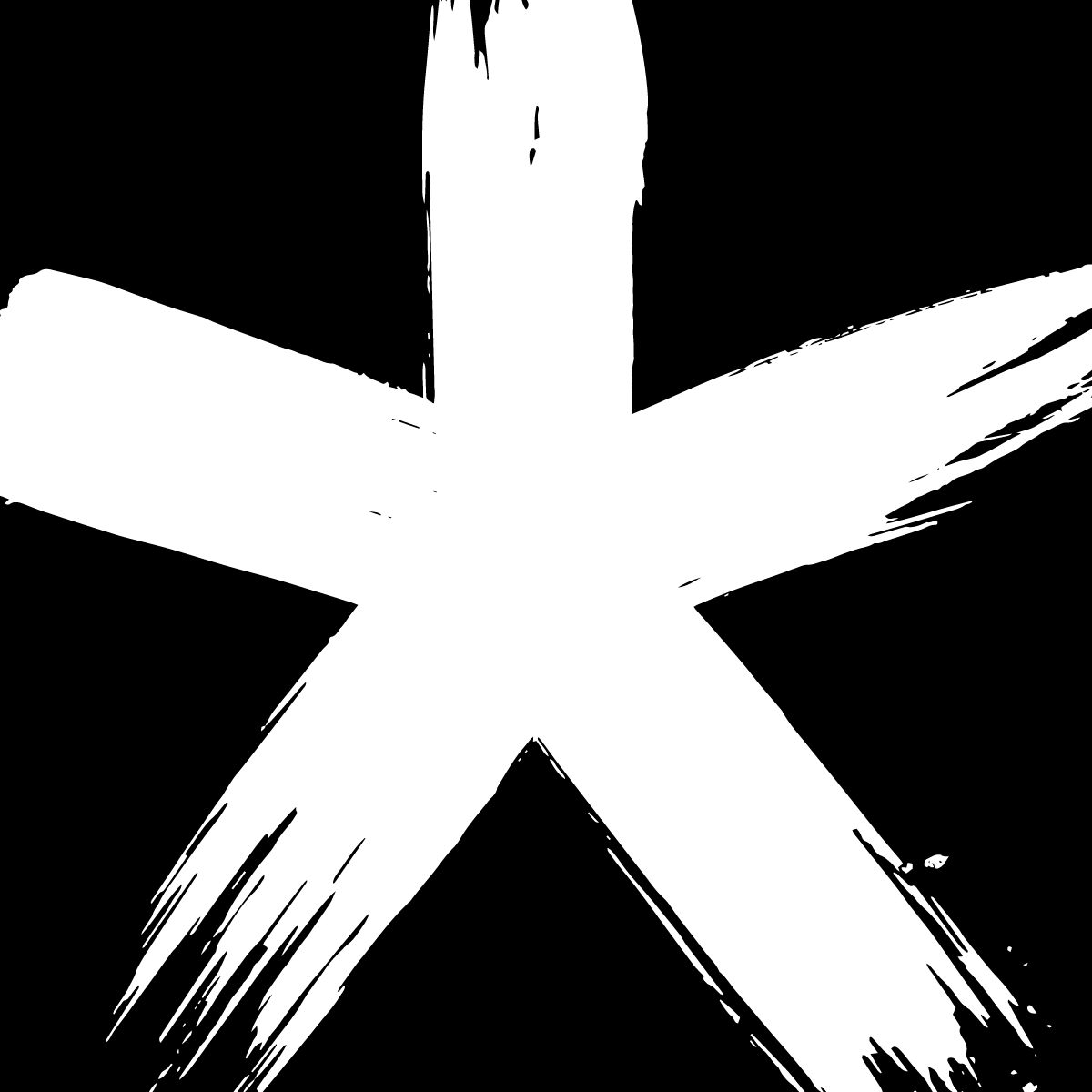The En Dash – The Craft of Punctuation
The En Dash –
The Craft
of Punctuation
The en dash is a shapeshifter, taking on the role of other textual punctuation as well as its own unique uses
Michelle Buckley
If the En Dash Could Talk
I was brought into this world with a purpose – to be the most versatile of all the punctuation marks. I can play the role of the semicolon, colon, parentheses – a dash for any occasion. I’ve been misunderstood and misused for most of my life – some people don’t even know that I exist – but I continue to fight for my write to punctuate the page. Sometimes (actually, a lot of the time) I am mistaken for the hyphen, but though it tried, the hyphen was never right: not between the timespan of 1900–1999 or the East–West tunnel, not for the Academy Award– winning actor or for the abrupt change in thought – it just didn’t, and still doesn’t, work.
When computers were introduced, they tried to minus me out of the equation – excluding me from the keyboard – but I stuck around and was given the option to sit hidden beneath the hyphen and to appear only when unlocked by the right combination of keys. (Let’s be honest, I have more functionality than a hyphen so this should never have happened.)
I dash across the page in Britain, yet I seem to be rarity in American text (for some reason, the press doesn’t want to touch me). The Australian market is somewhat divided. I’m a mark for the ages, a line for conversation, yet I’m not dashing enough for political publication.
“I can play the role of the semicolon, colon, parentheses – a dash for any occasion”
I may be one half the length of an em dash, but I sure can pack a lot into my short, little stature – you should see how I transform a sentence.
Give me space between each word, each thought and each explanation. It’s not personal – it is simply a matter of style. I may not like to hug words like the em dash, but I do like to connect – in my own way. It’s not that I’m conservative – I just like my space. Sometimes I am happy to work as a pair and other times, I like to work alone. It depends on my mood.
A question to those em dash lovers: why don’t you love me? Am I too short? Do I resemble the hyphen too much? Do I confuse you? Am I not aesthetically pleasing? I mean, I’ve got style – more than any style guide can handle. You see, I am more than just a textual dash. I’m dynamic. I’m adaptive. I’m functional. What other punctuation mark can play the lead, supporting and directorial roles in one sentence?
Give me a span of numbers and we will connect. You want to spruce up a sentence with parentheses? Let me help you out. Afraid of the semicolon? I am here to step in.
Basically, I am happy to help in any way I can, but there is one thing that does get on my nerve – the point where I have to draw the line. I am NOT a hyphen.
What’s In
a Dash?
The internet is a battleground of conflicting opinions, some considered more trivial than others. When it comes to matters of grammar and style, incorrect usage is not to be taken lightly. One key wrong and battle ensues across computer screens – what can I say, correct application and stylistic choices are serious stuff. Nothing creates more cause for concern (and tears) than the dash – the en dash to be precise.
A subtle and often misunderstood tool (it is the middle child of the dash family after all) this subtle little stroke is something you cannot easily locate on your computer’s keyboard. In fact, there is no en dash key on the keyboard. The omission of this versatile little dash means that it is often forgotten and replaced time and time again with a hyphen. Ignorance is not always bliss and no hyphen should sit on a page where it doesn’t belong (someone on the internet cares, I assure you).
A properly executed en dash is simply beautiful; it is important like any mark of punctuation – it has its purpose. You may be thinking, how’s an extra millimetre or so going to change the game? Believe me, it changes everything. For such a small unassuming line (–) the en dash is more than a stick on the page. It can be used for parentheses, to show abrupt change, or to introduce an explanation. I guess you could say that the en dash is a chameleon of sorts, playing the part of the comma, brackets, the colon, the semicolon and the minus symbol.
The en dash could be thought of as a super line of sorts – a stroke used for effect to affect the reader. It is there to present a turn in thought or phrase or to ready the audience for the punchline – the answer to that big question. For those em dash lovers out there, yes, I know the em dash functions in the same way. I am not done yet.
“For those em dash lovers out there, yes, I know the em dash functions in the same way.”
Being the dynamic punctuation mark that it is, the en dash has some additional functions that the em dash does not. While the en dash is half the length of an em dash, it extends far beyond the functionality of the em dash. The en dash can be used between spans of numbers (pages 25–30) as well as distance (Nashville–Chicago flight), replacing the word ‘to’. It can also be used to indicate the association between words that maintain separate identities (parent–teacher interview). In these instances, there is no need to space your dash.
While the en dash is a beautifully versatile mark, like anything, too much of a good thing can be, well, too much. A little advice: don’t use more than one pair of dashes in a sentence. Using too many dashes in a sentence – like this one – can become confusing – the reader may have no idea what you’re going on about – you keep interrupting them.
On a more serious note, what not to do:
With dozens of screws now pinning two steel rods that run the length of her fused spine - and a full-length scar to match - it was a one of the most gratifying swims of her life.
Although many Australian designers have captured a share of the Chinese-Australian market, penetrating the retail market in China has proven more challenging.
The en dash is not a hyphen – hyphens are for hyphenated words such as well-being.
See our style guide page to learn about the uses of the Hyphen.
A Battle of
the Dashes
One cannot talk about the en dash without properly discussing that other textual dash – the em. They are part of the dash family after all. Like our fashion choices, the style we choose when preparing work for publication says a lot about us.
The distinction between the en dash and the em dashes was not well known until the introduction of word processors enabled the usage of punctuation marks that had only previously been available to professional printers.
From a traditional standpoint, the em dash is considered the ruler of textual dashes (it is often simply referred to as the dash) while the en dash is relegated to simple spans of numbers and to connect compounds that are not actually words. However, the non-hugging en dash provides a little more room for the eyes to read and space for words to breathe. Let’s compare:
The non-hugger in action:
For yes, deception has always been with us – where would Shakespeare have been without it? – but the rapid social, technological, political and economic shifts of the past several decades have combined to send us rushing down tricky paths.
The hugger in action:
The emotional and spiritual strain—having to memorialise a story that perpetrators deny—is acutely evident on the faces and the bodies of both women.
Both examples above show how the en and em dash work to the same degree; however, aesthetically, their style is different. While you’re here – and just to confuse you a little – we also have a spaced em dash:
Like the many variations of the English language, the way an en dash is used internationally varies, as the previous examples indicate. The en dash is traditionally the dash of choice for British publications while in North America, the unspaced em is the way to go. In the US, the en dash is almost non-existent. ‘Historically, most news organizations didn’t have the ability to transmit an en dash over a newswire or print one on a page.’ When it comes to our American counterparts, the spaced em seems to be the style of choice for such newspaper publications in the US such as The New York Times, the Los Angeles Times and The Washington Post:
They can set off lists — long lists, short lists, you name it. They can set off parenthetical information — just as parentheses do — that you don’t want to put in parentheses.
Many homeless people in California live without any kind of shelter — nearly half of the nation’s unsheltered homeless people are here — a brutal testament to years of failed housing policy and a lack of political will at nearly every level of government.
In Australia, media outlets are quite partial to the en dash. Check out The Age, The Sydney Morning Herald and The Conversation to see it in action. In saying this, the textual em dash has its place in Australia too. The Style Manual for Authors, Editors and Printers states that the unspaced em dash is the style of choice for Australian government publications as well as the dash of choice for RMIT’s own Bowen Street Press. I guess you can’t win them all – but you can try!
Before You
Dash –
In the end it’s really up to you – or the publication you work for – to pick your own style; but, the en dash is really the winning stroke. It will guide you through time, thought and sentence. It goes the distance. And when inserting this little mark into your work, please, please, please, remember: the en dash is not a hyphen.









